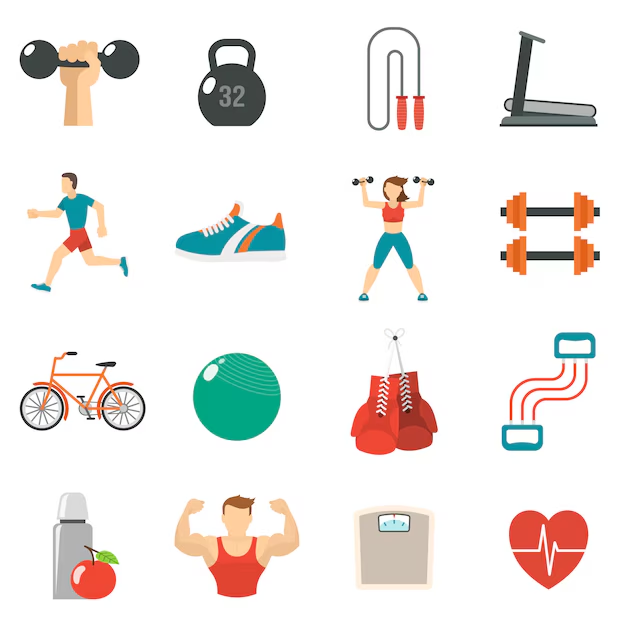Holistic Pain Management for Older Adults: A Comprehensive Guide to Enhanced Well-being
Chronic pain significantly diminishes the quality of life for older adults, demanding a multifaceted and effective management strategy. This article explores a holistic approach designed to alleviate discomfort and improve overall well-being in this vulnerable population. We delve into various methods, emphasizing a personalized approach tailored to individual needs and preferences.
Personalized Pain Assessment: The Foundation of Effective Treatment
Before implementing any intervention, a thorough pain assessment is crucial. This involves understanding the pain's intensity, character (sharp, dull, burning), location, duration, and any triggering factors. This detailed evaluation allows for the creation of a truly individualized treatment plan, maximizing its effectiveness and minimizing adverse effects.
The Importance of Movement: Exercise and Physical Activity
Low-impact exercises, such as walking, swimming, or chair yoga, offer substantial benefits for older adults experiencing chronic pain. These activities improve flexibility, strength, and endurance, while simultaneously stimulating the release of endorphins – the body's natural analgesics. It is vital to start slowly, gradually increasing intensity as tolerated, always prioritizing safety and avoiding movements that exacerbate pain. Consult a physical therapist for guidance on appropriate exercises.
Nutritional Well-being: The Role of Diet and Hydration
Maintaining a balanced diet rich in fruits, vegetables, whole grains, and lean proteins is essential for overall health and pain management. Such a diet can reduce inflammation, a significant contributor to chronic pain. Equally crucial is adequate hydration, as dehydration can intensify pain symptoms. Consider consulting a registered dietitian for personalized dietary recommendations.
Mind-Body Techniques: Stress Reduction and Relaxation
Stress and anxiety often exacerbate pain perception. Incorporating relaxation techniques, such as deep breathing exercises, meditation, mindfulness practices, yoga, or progressive muscle relaxation, can significantly reduce pain and improve well-being. Guided imagery and other mind-body techniques can also prove highly beneficial. Regular practice is key to realizing their full potential.
Harnessing the Power of Temperature: Heat and Cold Therapies
Both heat and cold therapies can provide temporary pain relief. Heat therapy, including warm compresses or baths, relaxes muscles and increases blood flow, easing discomfort. Cold therapy, such as ice packs, reduces inflammation and numbs painful areas. The optimal choice depends on the individual's pain type and personal preference. Always follow safe application guidelines.
Medication Management: A Collaborative Approach
Pain medications can be a crucial part of a comprehensive pain management plan. However, responsible use is paramount. Healthcare professionals should clearly explain the proper usage, potential side effects, and risks associated with each medication. Open communication and careful monitoring are essential for safe and effective medication management. Discuss potential interactions with all other medications and supplements.
Exploring Complementary Therapies: Expanding Treatment Options
Alternative and complementary therapies, such as acupuncture, massage therapy, or chiropractic care, may offer additional pain relief for some individuals. These therapies should be considered alongside conventional treatments and administered by licensed and qualified practitioners. Always discuss any complementary therapies with your physician to ensure they are safe and appropriate for your individual situation.
Assistive Devices: Enhancing Mobility and Independence
Assistive devices, like canes, walkers, or adaptive equipment, can greatly improve mobility and reduce strain on joints and muscles. A thorough assessment of individual needs is necessary to select appropriate devices that promote comfort, independence, and safety. Occupational therapists can provide valuable guidance in this area.
Home Modifications: Creating a Supportive Environment
Modifying the home environment to minimize fall risks, eliminate clutter, and promote relaxation significantly contributes to pain management. This might include installing grab bars, improving lighting, and creating a calming atmosphere. A supportive home environment reduces stress and enhances comfort.
Empowering Self-Management: Education and Skill Development
Equipping older adults with self-management skills is essential for long-term success. This involves teaching techniques like activity pacing, goal setting, and utilizing pain diaries. These tools empower individuals to actively participate in their treatment and maintain a sense of control over their pain experience.
Social Connections: The Importance of Community and Support
Strong social support networks are vital for managing chronic pain. Participating in support groups, connecting with loved ones, and engaging in enjoyable social activities reduces feelings of isolation and improves overall well-being. A supportive social environment can significantly boost resilience and coping mechanisms.
Addressing Mental Health: Integrating Psychological Support
Chronic pain often leads to mental health challenges, such as anxiety, depression, and isolation. Integrating mental health support, such as therapy or counseling, into the pain management plan addresses these co-occurring issues, leading to more comprehensive and effective pain management.
Staying Informed: Continuous Professional Development
The field of pain management is constantly evolving. Healthcare professionals should stay informed about the latest research, techniques, and treatment modalities to provide optimal care. Continuous learning ensures that patients receive the most current and effective interventions.
Collaborative Care: A Multidisciplinary Approach
Effective chronic pain management often requires a collaborative approach involving physicians, physical therapists, occupational therapists, psychologists, and other healthcare professionals. A multidisciplinary team ensures a holistic and comprehensive plan tailored to the individual's unique needs.
Continuous Evaluation and Adjustment: A Dynamic Process
Regular reassessment of the pain management plan is essential. This allows for timely adjustments based on the individual's progress, changes in pain levels, or the emergence of new challenges. Open communication and feedback from the patient are crucial for ongoing success and plan optimization.
Conclusion: A Path to Improved Quality of Life
Managing chronic pain in older adults requires a personalized and holistic approach. By integrating various strategies, healthcare professionals can significantly enhance comfort, mobility, and overall quality of life. Remember to always consult with a healthcare professional for personalized advice and treatment plans. A collaborative, patient-centered approach is essential for navigating the complexities of chronic pain and achieving the best possible outcome.




